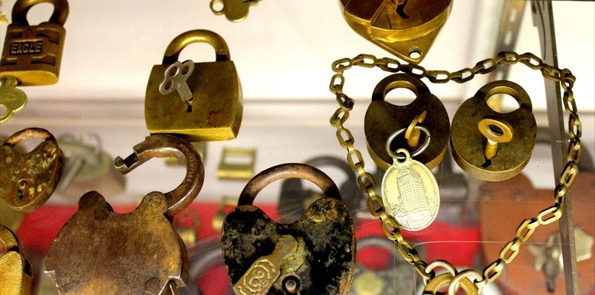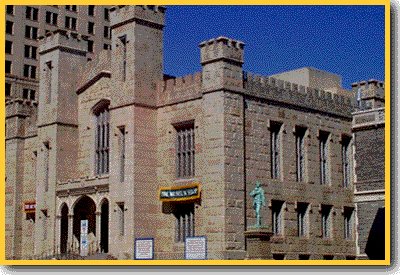The Flock Theatre Troupe at the Shaw’s Mansion Museum
The Shaw Mansion Museum is a must-stop on any Connecticut tour if you are interested in the early history of New London, one of the state’s five original cities, and a lot more.
You can step inside the home of a successful merchant and Revolutionary War patriot whose home served as the Connecticut Naval War Office during the fight for independence.
Inside you can marvel at what is preserved there and be thankful that British Red Coats under the command of Benedict Arnold were not successful at burning it as they did much of the city in 1781. You can walk the manicured grounds and reflect on this period time capsule.
Built in 1756 as the home of Capt. Nathaniel Shaw, the Georgian-style granite structure and grounds sits on two acres overlooking the Historic New London Harbor. Today, it is home to the New London County Historical Society which has preserved Capt. Shaw’s home with its period furniture, its many artifacts and significant manuscripts. There are guided tours with an emphasis on the West Indies trade and early history of New London with a strong history and maritime tradition.
The house and its contents provide visitors with both the look and the feel of an important time in the development of not only the city, but also the role New Londoners played in the founding of our nation. The Shaw Mansion Museum offers not only a revealing look at the past but also serves as link to a maritime past that includes both the Revolutionary War and the War of 1812 that followed.
__________________________________________________________
The Shaw Mansion Museum www.nlhistory.org
11 Blinman Street
New London, CT 06320
860-443-1209
__________________________________________________________











